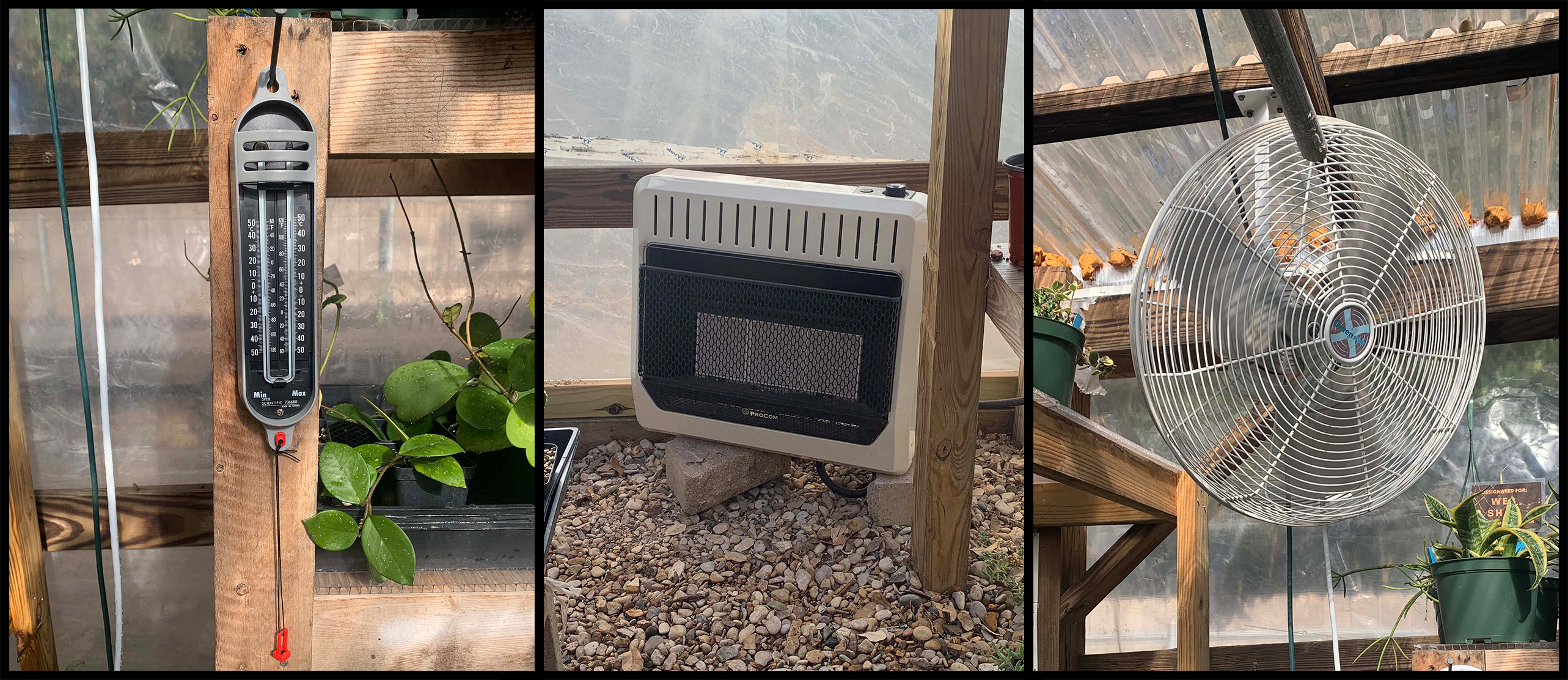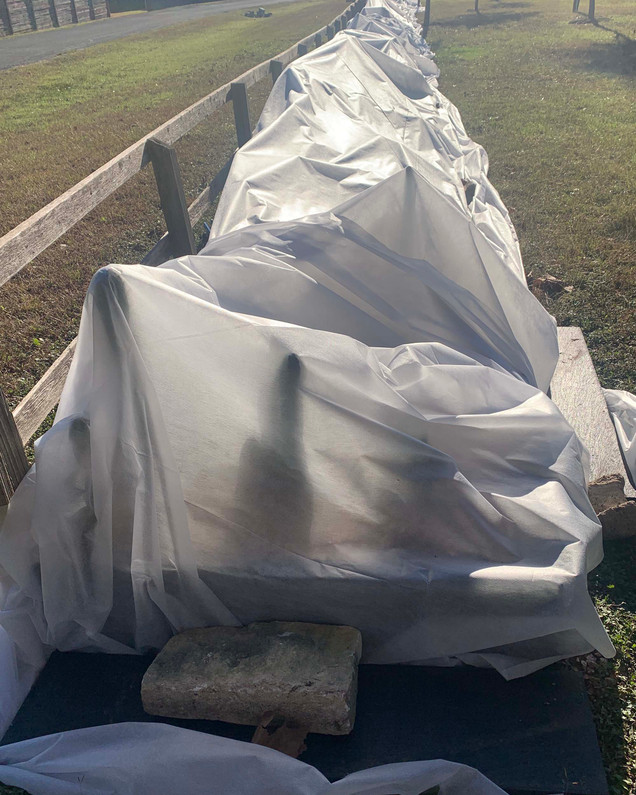How to prep Succulents and Cacti for Winter
Prepping your Succulents and Cacti for Winter the East Austin Succulent Way
Here are the basic tips on preparing your plants for the winter
Where we are, in Austin Texas, it doesn’t dip below freezing often, but it will at least a few times a year so it is always good to know how to keep all your plant babies safe from the cold. If you live in a colder climate, you might want to check out some local tips for winter plant care as these might not apply to you.
When to take action:
Prep when the weather will be consistently under 40 F, or when it dips near or below freezing. We recommend prepping when the dips get to 35F. Prep your plants even if this dip is only for a short time.
Landscape Plants:

Air freezes faster than water so it is always a good idea to water prior to a cold snap. If the roots are dry before a freeze they can easily get root damage. Mulching or adding yard debris like dead leaves around the base of the plant can help insulate and prevent root damage too. Most importantly, cover landscape or large plants that you cannot bring inside shelter. We use a double layer of reusable white landscape fabric for our outdoor beds, and larger plants. This type of fabric allows for some sunlight and air to pass through to the plant. You can also use old sheets, towels or blankets to cover your plants. The thicker the fabric, the more insulation it will provide. Remove the covering during the day if it warms up for the plants to get some sun and air.
Container Plants:
Bring container plants into your home or greenhouse. You might want to set up grow lights for them if you are planning to keep them inside for an extended period, 7 days or less with low light should be just fine.
Greenhouse prep:

Cover/close the open spots of your greenhouse, and add heaters. We tend to go for space heaters or propane bulbs. If the greenhouse is closed up, make sure you have some air flow during the day either with a fan, or by opening it up whenever it is warm enough. We only keep our heaters on during the freeze snaps. You don’t need to keep a greenhouse super hot all winter long, just warm enough to combat frost inside the greenhouse (40+ degrees should be sufficient). We keep some high/low thermometers in the greenhouse to see how cold it gets through the night.
Also keep in mind:.
Cold hardy plants:
Some plants are labeled cold hardy. These guys come from environments that freeze overnight or for short periods of time. They will usually be safe just being covered outside during short freezes. If it freezes for multiple days, we recommend bringing them inside just to be safe.
Dormant plants:
Many plants die back or lose leaves during the winter. Don’t panic, this is normal, they are just saving up energy to grow more in the spring.
Watering during the winter:
Since most cacti and succulents aren’t actively growing during the winter, you do not have to water them as often. Just make sure the soil dries out before watering them. If the plant is completely dormant, you might not want to water much at all.
What to do if plants get freeze damage?
If you have some cacti and succulents that do get frozen they might still be able to bounce back. Cut back and remove any mushy or black parts. If they have a nice green color inside, the cells are still alive. Give them time to dry out before watering and keep the cuts clean from dirt and dust until they callus over. Wait until the spring to see if there is any new growth, they might just surprise you.
Keep in mind that even the most experienced growers will lose plants during bad freezes, so don’t get too disheartened if some plants die. It happens to the best of us.
Good luck with your winter plant prep!
Recent Posts
-
Succulent Care Card
Our Basic Succulent Care Card This information is our broad advice for most succulents and cact …Jun 14th 2023 -
Repotting Cacti into the Right Soil
Repotting Plants that come in Peat MossBig box stores usually pot a cactus in peat moss which retain …Jan 18th 2023 -
Quartz Crystals and Their Meanings
Crystals: QuartzHere at East Austin Succulents, we pride ourselves on carrying the best selection of …Sep 7th 2022




